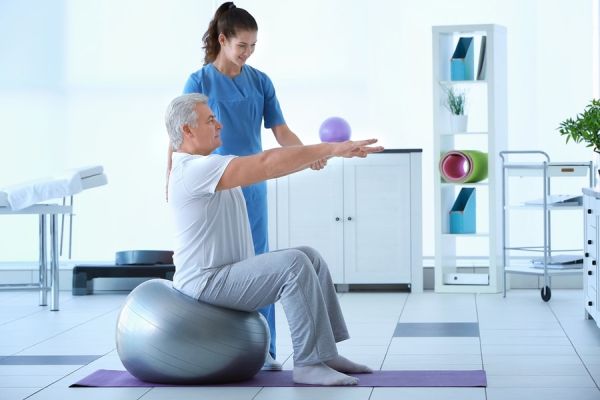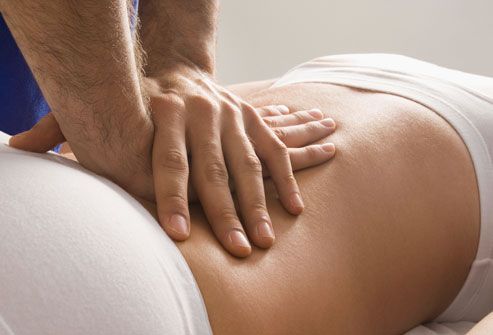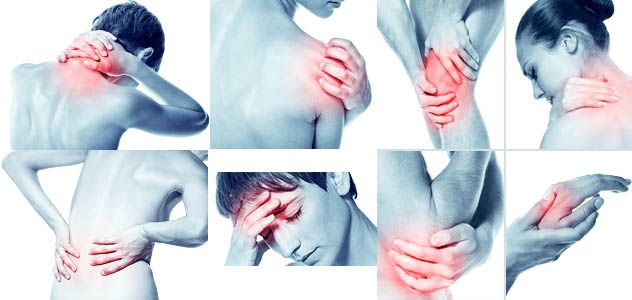Arthritis is a disease that affects the joints that connect the bones. It can manifest itself in acute and chronic forms and is associated with inflammation of the joints. Patients with arthritis experience pain, stiffness and discomfort during mobility.
Arthritis has two main forms: osteoarthritis, which occurs when the cartilage between the joints is damaged; and rheumatoid arthritis, an autoimmune disease that occurs when the body’s immune system affects its own joints.
The main objective of physiotherapy in the treatment of arthritis is to improve mobility and restore the functioning of the affected joints. Physiotherapists are professionals who have deepened the subject and what they do is strengthen the affected joints using various therapies.
How does physiotherapy work in the treatment of osteoarthritis?
Osteoarthritis mainly affects the joints of the knees, hips, spine and fingers. Physiotherapy in Dwarka is recommended in patients suffering from osteoarthritis because it improves physical functioning and reduces pain.
The various modalities used by physiotherapists in Dwarka to treat osteoarthritis include:
- Exercises.
- Massages
- You help to walk.
- Electrotherapy
Physical therapy as a therapy in osteoarthritis of the knee includes:
Hydrotherapy: Use water to treat arthritis. Specialized exercises are performed in the water with a temperature range of 33-36°C. Physiotherapists guide patients with specific exercises such as stretching, aerobic exercises and strengthening exercises.
Manual therapy: It is another approach in which physiotherapists use practical techniques to relieve pain and stiffness. This technique has shown immense benefits in the treatment of osteoarthritis of the knee.
Other approaches such as acupuncture (dry puncture) and thermotherapy have also shown great benefits for pain relief.
Physiotherapy in Dwarka as a therapeutic approach in hip osteoarthritis
The hip joint supports body weight; Thus, pain in this joint affects global mobility. Physiotherapy improves mobility in patients in these cases. The techniques used by physiotherapists in Dwarka include:
- Manual therapy
- Stretching and strengthening exercises
- Weight control training
Strategies for protection of the hip joint
This technique consists in guiding the patient on certain methods of joint protection. It is mainly recommended for patients who do not exceed their ideal weight. And do not perform certain activities that overload the joint. They are also provided with walking assistance and advised to wear items that protect their feet.
Physiotherapy in the treatment of rheumatoid arthritis
Physiotherapists usually perform a physical evaluation test before starting treatment. The evaluation mainly involves examining how your gait develops, activities of daily living, the range of joint movement, muscle strength test, posture and respiratory function. Then, they use the arthritis I and II impact measurement scale and the health assessment questionnaire for an accurate evaluation. Physiotherapists also teach them to maintain a correct posture.
Modalities of Physiotherapy in the treatment of rheumatoid arthritis
Applications of cold / heat: cold / heat therapy is used in acute and chronic conditions of rheumatoid arthritis. Cold compresses are usually applied in patients suffering from acute conditions, and heat therapy is applied in the chronic stage of rheumatoid arthritis. Hot packages are usually applied for 10-20 minutes once or twice a day. For cold therapy, the application modalities are cold compresses, ice, nitrogen spraying and cryotherapy.
Electrical stimulation: Transcutaneous electrical nerve stimulation therapy (TENS) is the most common form of electrotherapy used to treat rheumatoid arthritis. Studies have reported that patients experience less pain after receiving TENS treatment once a week for about a month.
Hydrotherapy: patients get relief from rheumatoid arthritis if hydrotherapy is done at regular intervals. This technique provides palliative treatment in case of acute and chronic conditions.
Rehabilitation techniques in the treatment of rheumatoid arthritis mainly involve splinting the affected joints, the use of compression gloves, manual therapy, therapeutic exercises and patient education.
Therefore, it can be concluded that patients suffering from arthritis can obtain immense relief when consulting a physiotherapist in Delhi. Progress is constantly being made in the area of physiotherapy to improve the quality of life of patients affected by arthritis.









